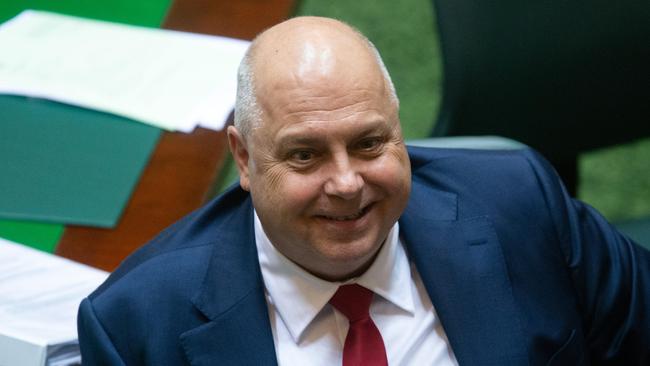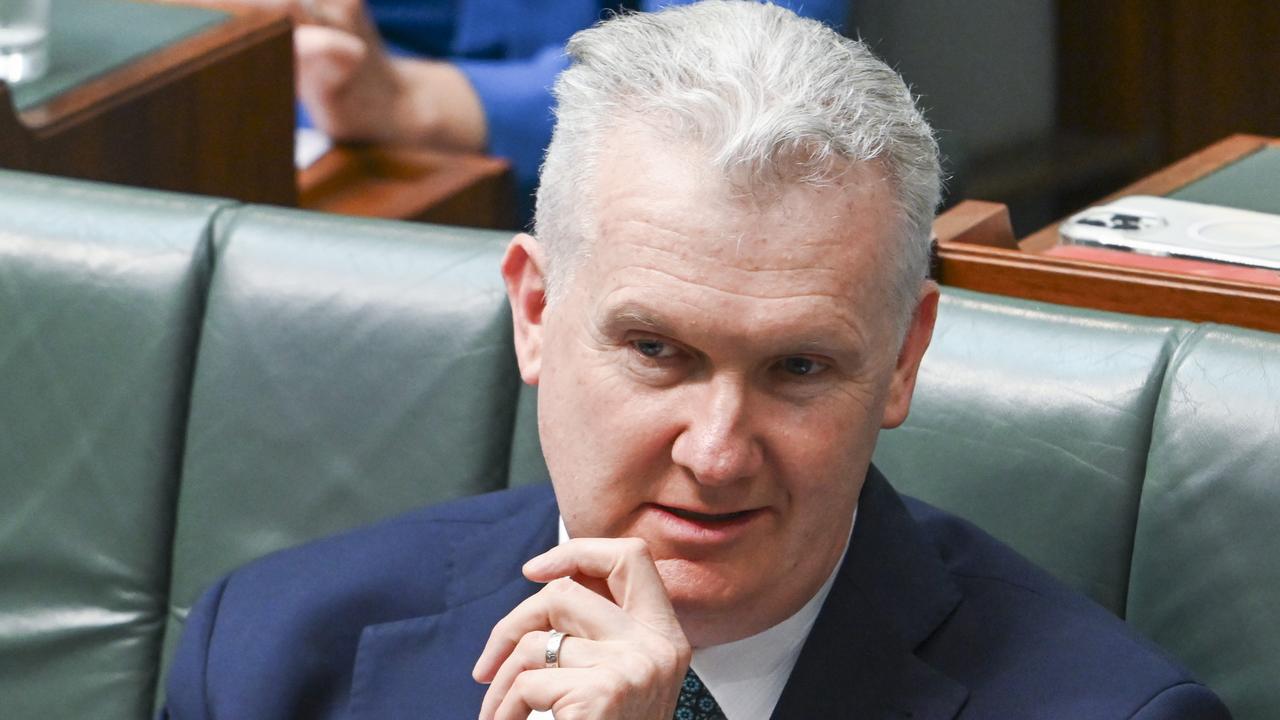
When Liberal premier Jeff Kennett was unexpectedly defeated in 1999, Labor in Victoria was determined that the fiscal profligacy and administrative mismanagement of the Cain/Kirner years would not be repeated.
Firstly under the premiership of Steve Bracks, then John Brumby, the Labor government ran a tight ship. To be sure, they were able to enjoy the financial legacy that Kennett’s deep reforms had bestowed. Even so, expenses were tightly controlled and government debt was not allowed to balloon.
There was a time when the Victorian Labor government was the lead innovator when it came to policy ideas, including promoting the National Reform Agenda. Mistakes were certainly made; allowing essentially unregulated private training providers to sign up unwitting students and be paid by the government was a leading example.
The Labor government under Dan Andrews has been less committed to the Bracks/Brumby doctrine. After all, many of the folk in ministerial offices — these numbers have ballooned — were in childcare when John Cain and Joan Kirner were wreaking havoc on the Victorian economy.
At a certain point, Andrews and his finance man, Tim Pallas, decided low debt was so yesterday — just think of all the things (and votes) that more debt could buy. In the 2016 budget, for instance, it was expected that net debt would come in at $22.2bn, or 4.8 per cent of gross state product, in 2019-20. By the 2019-20 budget update, which preceded COVID, state debt had almost doubled from that figure to $40.3bn or 8.5 per cent of GSP.
The point is that fiscal recklessness on the part of the Victorian government had been established before COVID created economic mayhem. For this reason, it’s important to query the COVID justifications for the current woeful state of Victoria’s public finances — the rot had already set in.
And because of the Victorian government’s pitiful mismanagement of hotel quarantine, the spread of COVID and the more than 100-day lockdown in the state, the Victorian economy was much more badly affected than the other states in 2020. That it has bounced back strongly is basically the result of the depth of the recession induced by government bungling.
So what are the core features of this budget? Unsurprisingly, the figures now look better than they did last year. This year’s budget deficit, for instance, is expected to come in at $17.4bn compared with $23.3bn estimated in November last year.
The deficits over the forward estimates are expected to be smaller also, with a small deficit being recorded in 2024-25. But the debt forecasts are essentially unchanged, with net debt going from $44.3bn in 2019-20 to an estimated $156.3bn in 2024-25, a rise of more than 250 per cent. Net debt as a ratio of GSP goes from a manageable 9.5 per cent of GSP to 26.8 per cent in 2024-25. All I can say is: holy moly.
If that’s not worrying enough, the budget contains some highly suspect measures including the additional imposts on the property sector and a payroll levy on large companies to fund new mental health initiatives.
Victoria hasn’t much going for it when it comes to economic activity. Its key comparative advantages have been high population growth because of large numbers of international students, tourism and property. It doesn’t do mining, although there’s a bit of agriculture.
With the closed international border, parts of the Victorian economy have been hit very hard. The CBD is like Beirut without the bombs. But none of this has stopped Pallas imposing dubious tax hikes on the property sector, including a betterment tax on developers which could either lead to a stalling of developments or higher housing prices.
As for the payroll tax levy, the timing couldn’t be worse, with this action working against the federal government’s budget aim of reducing unemployment by fostering the creation of jobs.
There is finally some acknowledgment that the Victorian government’s infrastructure program has been close to a rolling disaster, with both small and large projects delayed and running over budget. Moreover, the budget fails to come clean about the catastrophic West Gate Tunnel project, with early estimates of a cost blowout of at least 45 per cent of the original $6.7bn cost.
I have repeatedly made the point that a key line item in any state budget relates to employee expenses. Every year for the past eight years, Victorian Labor has promised to bring employee expenses under control. Every year, it has failed to do so. Easier to give in to its union pals and pad the public sector with even more employees.
Consider this: between 2020-21 and 2021-22, employee expenses are expected to rise by 8.6 per cent, reaching $31.7bn next financial year. This is during a time when the wage price index is rising by less than 2 per cent.
By the end of the forwards, employee expenses are expected to be $34.5bn. By any measure, the Victorian public sector is excessively bloated.
Pallas is clearly worried that Victoria could be marked down more notches by the ratings agencies, hence the seeming pathway back to budget surpluses. Whether it will be enough remains to be seen because the debt continues to blow out and the budget contains a number of perverse measures that may well crimp the economy.




